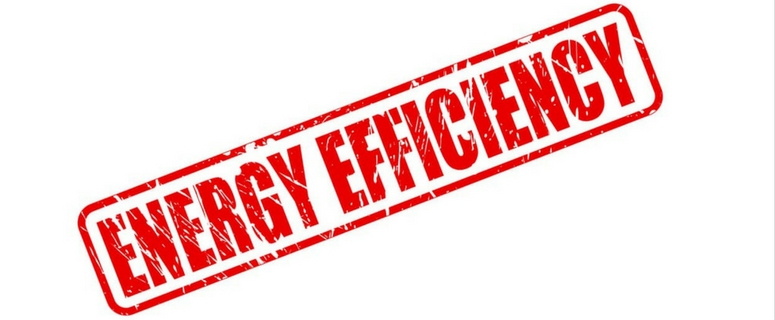Expert Ways to Crank Up the Heat and Conserve Energy This Winter

Winters can be brutally cold, and heating costs can be very high in Fredericksburg, VA. The last few seasons have brought residents record-breaking amounts of snow, making it is more crucial than ever for homeowners to take the measures necessary to retain heat and conserve energy while cranking up their home furnace.
To do both, you need to practice basic preventative maintenance and change some daily habits to make sure that your place is a well-insulated haven from climate extremes.
3 Things The Experts Do To Insulate Their Home
Keeping your home cozy and warm all winter long is mostly about sealing it tight and buffering vulnerable areas from heat loss with insulation. Here are three things that the experts do to make sure their home is well insulated.
1. Foam weather stripping is applied to door and window frames to help prevent cold air from slipping through the cracks.
Doors should be kept tightly shut at all times to keep warm air inside, and the foam stripping should be periodically checked to make sure that it is not coming loose and letting air escape.
2. Caulking is applied to the edges of windowpanes, where the frame meets the glass to prevent cold air from slipping out of tiny fissures. Caulking can also be applied to seal stone or tiled areas that might lead to the outside and be let cold air in.
3. Wrap your water heater with an insulating thermal blanket. For about $30.00, you can purchase insulating wrap that can be customized taped directly to your water heater.
This not only reduces your need to heat the water more often but it also allows you the luxury of having longer, hotter showers.
3 Things Experts Do To Conserve Energy
Heating experts also keep their carbon footprint and heating costs low by cutting back on the use of energy in any way that they can. This means being more aware of your household’s energy consumption by doing these three things.
1. Ceiling fans are set to spin clockwise and at a slow speed to help bring warm air downwards into a home. On many models of ceiling fans, this means pressing a button that says, “Reverse.” This is the opposite of how the ceiling fan works in the summer, spinning counterclockwise at a fast speed to move hot air upwards towards the ceiling.
2. Turn your thermostats down at night and when you go to work. The idea is to set it three to nine degrees lower, but not any lower than that because if your home gets too cold, you risk freezing and bursting your pipes.
The principle behind this is that you save 3% on your heating bill for every three degrees that you turn your thermostat down. One of the best ways to ensure this happens regularly is to get a professional to install a programmable thermostat in your home.
3. Have your HVAC system checked twice a year by a heating professional. Make sure that your furnace, air ducts, fans and other HVAC components are thoroughly inspected, cleaned and repaired by a licensed expert. This prevents heated air from being blocked by dirty filters, clogged vents, and faulty thermostats.
If you are very careful about not letting the heat that you have already paid for escape from your home, which means sealing up every crack and fissure in your structure, then you will also enjoy the benefits of not having your cool conditioned indoor air escape outside in the summer.
This means that you will also be saving on your energy bills in the summer too because you will not be turning the air conditioning on as often. Having your home’s ducts and vents cleaned by professionals, every winter, and spring, can help you maintain control over your indoor environment as well as lower your total annual heating and cooling costs.
